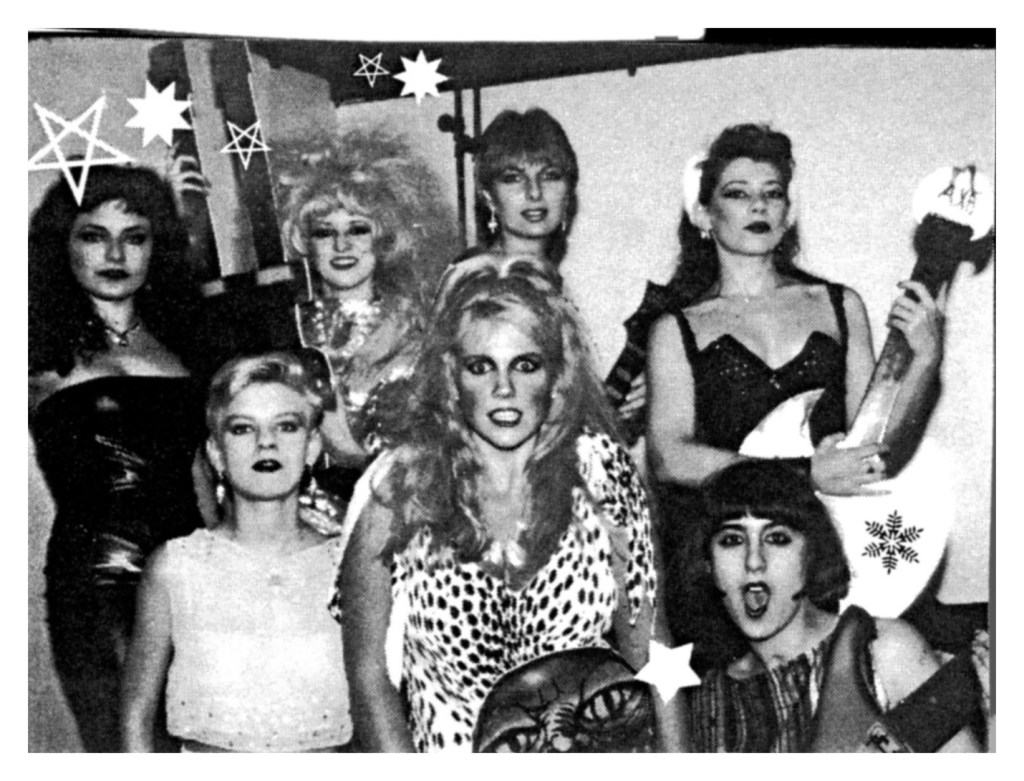Ronald Reagan’s election in 1980 not only cemented the socio-economic foundations of just about everything that is wrong with the West, it also coincided with a short-lived epoch of unfettered creativity in New York City.
The dirt-cheap (by today’s standards) living spaces available in Manhattan and beyond brought into being, and nurtured to fruition, major musical forces. Larry Levan was resident at The Paradise Garage, Steve Reich had just played Music For a Large Ensemble at Carnegie Hall, Rapper’s Delight was ubiquitous, and CBGBs had spawned a glut of experimentalists in the wake of punk. Talking Heads and Eno had just released Remain in Light, Laurie Anderson was recording O Superman, and Suzanne Ciani had just demonstrated her synths on the Letterman show.
This was the landscape where bands at the vanguard of the No-Wave movement were operating. Punk had ushered in a new DIY ethos, open to Dadaist expression, cross-pollination, amateur have-a-goism. James White and the Blacks, ESG and Liquid Liquid were taking disco and throwing anything over the top. Cellist Arthur Russell formed disco outfit Loose Joints. Blondie had gotten a whiff of hip-hop and recorded ‘Rapture’.
Carried on this wave of creativity was a horde of lesser-knowns, lurking in the dive bars and loft parties of early 80s Manhattan. Punk had kicked in the front door and in rushed a bunch of weirdos. Thirteen (later narrowed down to seven) such weirdos were collectively known as Pulsallama, an art group of female bassists and percussionists. They described their music as “seven women fighting over a cowbell”.

Their ring leader was actress Ann Magnuson, who in 1980 was running Club 57 in the basement of the Polish National Church were she put on theme nights with names like “Reggae Miniature Golf”. Pulsallama were just one of a legion of groups in Manhattan in the early 80s for whom being in a band was a piece of performance art, an overly elaborate joke concocted high at a party and taken too far.
So in 1982, after releasing ‘The Devil Lives In My Husband’s Body’, they disbanded, but not before leaving behind a snapshot of the early Reagan years, and a testament to the fact that when you are operating in an environment of heightened creativity, even a bit of craic can be sublime.

